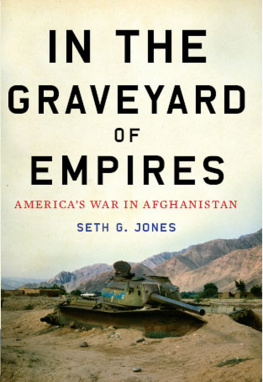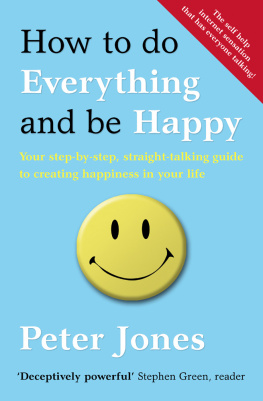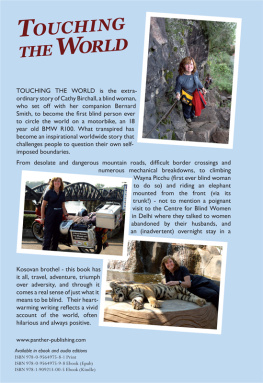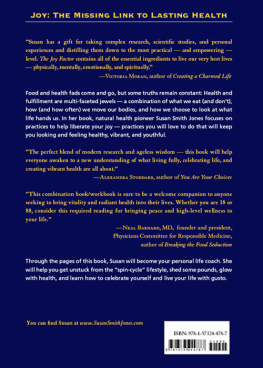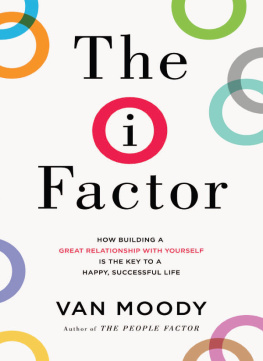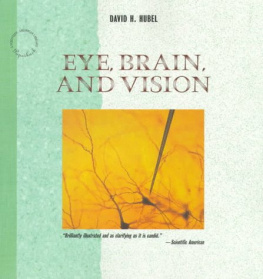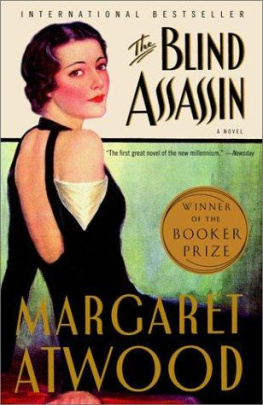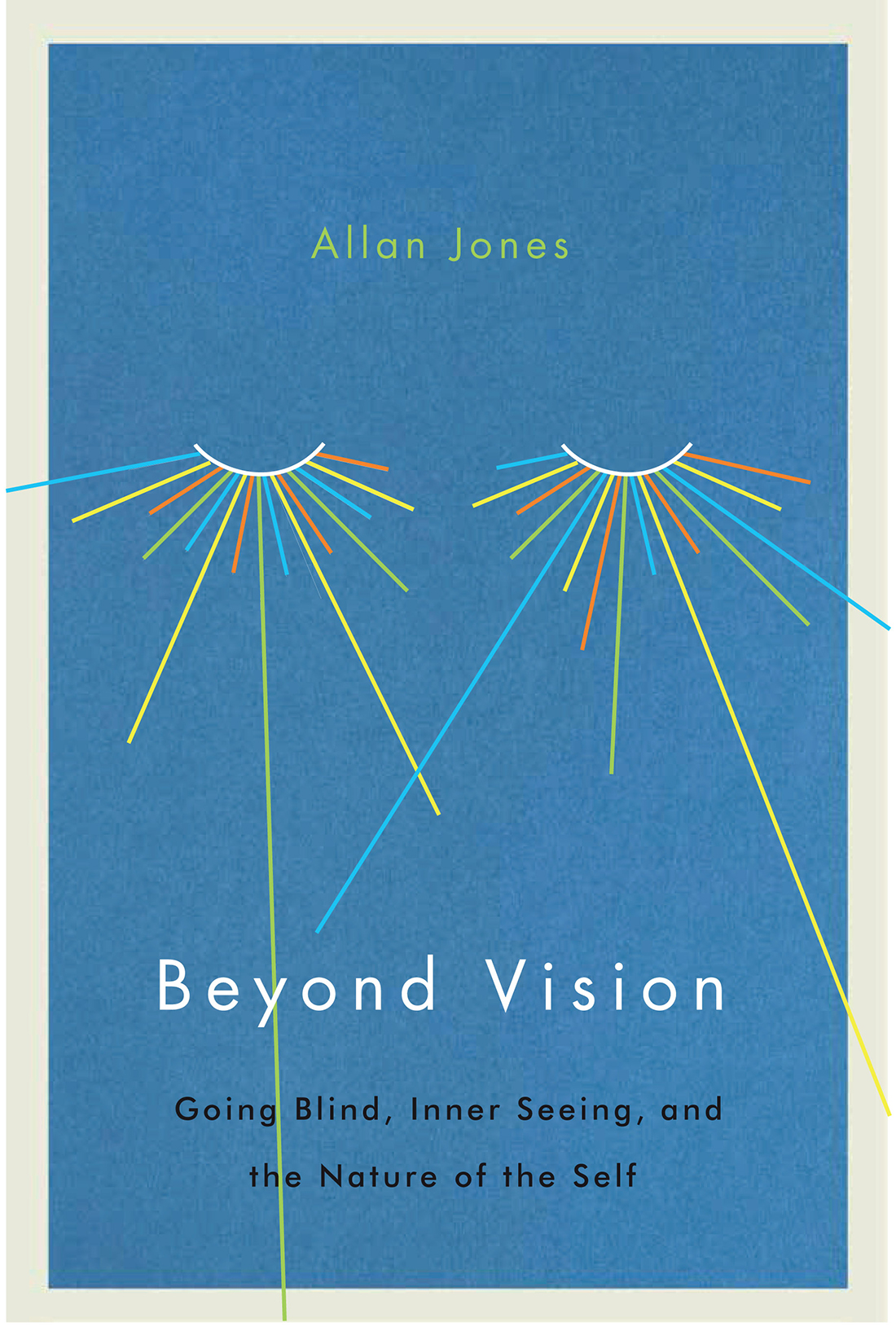BEYOND VISION
Beyond Vision
Going Blind, Inner Seeing,
and the Nature of the Self
ALLAN JONES
McGill-Queens University Press
Montreal & Kingston London Chicago
McGill-Queens University Press 2018
ISBN 978-0-7735-5285-2 (cloth)
ISBN 978-0-7735-5379-8 (e PDF )
ISBN 978-0-7735-5380-4 (e PUB )
Legal deposit second quarter 2018
Bibliothque nationale du Qubec
Printed in Canada on acid-free paper that is 100% ancient forest free
(100% post-consumer recycled), processed chlorine free
This book has been published with the help of a grant from the
Eric T. Webster Foundation.
We acknowledge the support of the Canada Council for the Arts, which
last year invested $153 million to bring the arts to Canadians throughout
the country.
Nous remercions le Conseil des arts du Canada de son soutien. Lan dernier,
le Conseil a investi 153 millions de dollars pour mettre de lart dans la vie
des Canadiennes et des Canadiens de tout le pays.
Library and Archives Canada Cataloguing in Publication
Jones, Allan, 1943, author
Beyond vision: going blind, inner seeing, and the nature of the self /
Allan Jones.
Includes bibliographical references.
Issued in print and electronic formats.
ISBN 978-0-7735-5285-2 (hardcover). ISBN 978-0-7735-5379-8 ( e PDF ).
ISBN 978-0-7735-5380-4 ( e PUB )
Jones, Allan, 1943 . 2. Vedanta. 3. Advaita. 4. Self-realization
Religious aspects Hinduism. 5. Self (Philosophy). 6. Vision Philosophy.
Diplomats Canada Biography. 8. Blind Canada Biography.
I. Title.
B V J 66 2018 ' .482 C 2018-901017-7
C 2018-901018-5
This book was typeset by Marquis Interscript.
To Pressi and Evan,
and for those who would search out
the reality that lies beneath appearance.
Contents
ACKNOWLEDGMENTS
Listening Hard and Writing Out Loud
The Jorge Luis Borges epigraph that begins this book is taken from In Praise of Darkness , translated by Norman Thomas Di Giovanni (New York: E.P. Dutton and Company, 1974). I discovered Borges only after losing my reading vision. He profoundly influenced me, not only through the magic of his poetry and prose but because of the sheer, simple fact that he too had been a blind writer. I found myself acknowledging Borges, James Joyce, Milton, and Homer as models of a kind, all of them blind or visually impaired and all famously productive, as I was slowly grinding my way through my own lone book.
I would like to thank the Eric Webster Foundation, the CNIB Foundation, and Harvey Clarke for the generous financial support that helped McGill-Queens University Press produce this book and find for it a readership. It is due to the acumen and skill of my acquisitions editor, Mark Abley, that the huge chunk of text I dropped thuddingly onto his desk was eventually transformed into a tightly integrated book, with all my overheated adverbs and adjectives swept away. Mark addressed the substance and philosophical implications of Beyond Vision with great intensity and commitment. When our views on this or that issue seemed at first to be at odds the rewrites always found the right course. I think that Mark would disclaim titles such as midwife or mentor, but as far as I am concerned he was both. In particular he showed me how challenging material need not be presented in a sharply challenging way. Thank you, Mark, for a most insightful and exhilarating ride.
I would like to thank copy-editor Anne Marie Todkill for correcting my many bloopers and non-standard usages, for teaching me the McGill / Chicago style, and for her patience and cheerfulness in the teeth of my compulsive rewrites. I would also like to thank managing editor Ryan Van Huijstee for keeping me on track and explaining to this complete novice how the production system works. As to the finished product the actual book I am especially indebted to Kate Edgar, executive director, Oliver Sacks Foundation; Sharon Colle, executive director, Foundation Fighting Blindness (Canada); and Debra Hulley, director of administration, Professional Association of Foreign Service Officers, for their generous help in publicizing Beyond Vision.
If it takes a whole village to raise a child, it takes a village-sized, sprawling network to raise up, counsel, and logistically support a would-be blind writer. In learning how to write and work up the nerve to address a large, challenging subject, I was encouraged by the writerly advice of John Metcalf, Allan Peterkin, Howard Engel, and Sonia Tilson. As I got into Beyond Vision I was enormously influenced by Oliver Sacks, Dennis Lee, and Jon Kabat-Zinn. Oliver Sacks introduced me to ideas bearing upon the interrelationship of science, sensory experience, and selfhood that I could not possibly ignore. Dennis Lee introduced me to the via negativa, a philosophical tradition that penetrated Judaism, Christianity, and Islam, even as it seemed to reflect certain features of Advaita Vedanta, Buddhism, and classical Taoism. Jon Kabat-Zinn the founder of mindfulness-based stress reduction ( MBSR ) showed me through his engrossing books and meditation programs how the minutiae of daily life could actually open up rather than obscure the life of the spirit. The influence of these three writers, taken together, deeply informs the text of Beyond Vision. The upshot is that this book admits of no sharp divisions between physical science, social science, and spirituality.
Oliver Sacks died in 2015, three years before the publication of Beyond Vision . The endorsement by Dr Sacks that appears on the back cover of Beyond Vision was drawn from the correspondence that he and I maintained over a period of six years (200915). In those exchanges Dr Sacks expressed enthusiasm regarding my work-in-progress, commented on the manuscript at length, and urged me to press ahead to its completion. This was extraordinary support for a journeyman writer who is still finding his way. I am very grateful to Mark Abley and Kate Edgar for an exchange of emails in July 2017 in which they chose, from Dr Sackss letters to me, the observations that comprise his endorsement.
Because my book project is influenced both by Advaita Vedanta and Buddhism, I am immensely grateful to Dr Nalini Devdas for helping me better understand the similarities and differences of those two traditions, within the broad context of Indian spirituality. Our conversations, together with her comments on the successive drafts of my text, proved to be both a great resource and a tonic. With her colleague Dr Richard Mann, Dr Devdas helped me to develop an extensive glossary of Advaita-related Sanskrit terms. This was an invaluable reference for understanding the nuances of Advaitic teaching. Dr Devdas also provisioned me with a useful, simplified approach to Sanskrit Romanization. Thank you, Nalini for your broad perspective, for your precision, and above all for your friendship.
My fascination with India began in 1970 when I went backpacking through the country, a journey I never could have ventured without the white cane mobility training I received from the Canadian National Institute for the Blind ( CNIB ). Among the CNIB mobility instructors who attended me in Edmonton, Toronto, and Ottawa, I especially acknowledge the late Jay Wadsworth as a remarkably intuitive and resourceful white cane trainer. As my mobility improved I was able to meet, learn from, and share experiences with other people who, like me, were diagnosed with retinitis pigmentosa: Ivy Blakeney, Irene Ward, Joe Foster, Richard Marsolais, and Elizabeth Hurdman.


